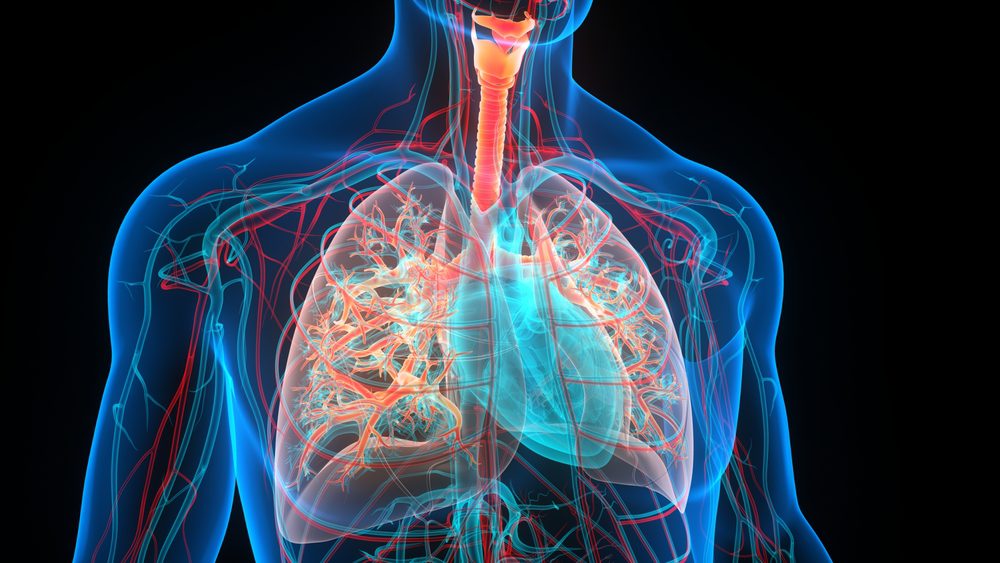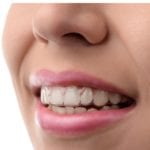Cardiovascular (Heart) Disease Overview
Cardiovascular disease is a term that refers to a group of conditions that affect the heart and blood vessels. These conditions can range from mild to severe and can be life-threatening. Common types of cardiovascular disease include coronary artery disease, heart failure, and stroke.
Coronary artery disease is the most common type of cardiovascular disease. It occurs when the arteries that supply blood to the heart become narrowed or blocked, which can lead to chest pain, shortness of breath, and heart attack.
Heart failure occurs when the heart is unable to pump enough blood to meet the body’s needs. This can be caused by a variety of factors, including high blood pressure, coronary artery disease, and heart valve problems.
Stroke occurs when blood flow to the brain is interrupted, either because of a blood clot or a ruptured blood vessel. This can cause a range of symptoms, including weakness or paralysis on one side of the body, difficulty speaking or understanding speech, and vision problems.
Risk factors for cardiovascular disease include high blood pressure, high cholesterol, smoking, diabetes, obesity, and a family history of heart disease. Lifestyle changes, such as eating a healthy diet, getting regular exercise, and quitting smoking, can help reduce the risk of developing cardiovascular disease.
Signs & Symptoms of Cardiovascular Diseases
Cardiovascular diseases (CVDs) are a group of disorders of the heart and blood vessels that can cause serious health problems. Here are some common symptoms of CVDs:
Chest Pain
Chest pain is a common symptom of CVDs. It may feel like pressure or tightness in the chest, or it may be a sharp pain. The pain may also spread to the neck, arms, or back. Chest pain can be a sign of a heart attack, so it is important to seek medical attention immediately if you experience this symptom.
Shortness of Breath
Shortness of breath is another common symptom of CVDs. It may feel like you are unable to catch your breath, or you may feel like you are suffocating. Shortness of breath can be a sign of a heart attack or heart failure, so it is important to seek medical attention if you experience this symptom.
Pain, Numbness, Coldness in Extremities
Pain, numbness, and coldness in the extremities, such as the arms and legs, can be a sign of peripheral artery disease (PAD), a type of CVD that affects the blood vessels outside of the heart and brain. PAD can cause pain and cramping in the legs, especially during physical activity. It can also cause numbness, tingling, and coldness in the legs and feet.
If you experience any of these symptoms, it is important to talk to your doctor. Early detection and treatment of CVDs can help prevent serious health problems.
Types of Cardiovascular Diseases
Cardiovascular diseases (CVDs) are a group of disorders that affect the heart and blood vessels. Here are some of the most common types of CVDs:
Coronary Artery Disease
Coronary artery disease (CAD) is a condition in which the arteries that supply blood to the heart become narrowed or blocked by a buildup of plaque. This can cause chest pain (angina), shortness of breath, and even heart attack.
Heart Failure
Heart failure occurs when the heart is unable to pump enough blood to meet the body’s needs. This can be caused by a variety of factors, including high blood pressure, coronary artery disease, and heart valve problems.
Arrhythmias
Arrhythmias are abnormal heart rhythms that can cause the heart to beat too fast, too slow, or irregularly. This can lead to symptoms such as palpitations, dizziness, and fainting.
Valvular Heart Diseases
Valvular heart diseases are conditions that affect the heart valves, which control the flow of blood through the heart. These conditions can cause the valves to become narrowed or leaky, which can lead to symptoms such as shortness of breath, chest pain, and fatigue.
That’s it for this section on types of cardiovascular diseases.
Causes of Cardiovascular Diseases
Cardiovascular diseases are caused by a variety of factors that can affect the heart and blood vessels. Here are some of the most common causes of cardiovascular diseases:
High Blood Pressure
High blood pressure, also known as hypertension, is a major risk factor for cardiovascular diseases. It can damage the blood vessels and increase the risk of heart attack, stroke, and other cardiovascular problems.
Smoking
Smoking is another major risk factor for cardiovascular diseases. It damages the blood vessels and increases the risk of heart attack, stroke, and other cardiovascular problems.
Diabetes
Diabetes is a chronic condition that affects the body’s ability to produce or use insulin. It can damage the blood vessels and increase the risk of heart attack, stroke, and other cardiovascular problems.
Obesity
Obesity is a major risk factor for cardiovascular diseases. It can increase the risk of high blood pressure, diabetes, and other cardiovascular problems.
Unhealthy Diet
An unhealthy diet that is high in saturated and trans fats, salt, and sugar can increase the risk of cardiovascular diseases. It can lead to high blood pressure, high cholesterol, and other cardiovascular problems.
That’s all for the causes of cardiovascular diseases.
Diagnosis of Cardiovascular Diseases
Cardiovascular diseases are diagnosed through a combination of physical examination, blood tests, and imaging tests. Here are the most common tests used to diagnose cardiovascular diseases:
Physical Examination
A physical examination is usually the first step in diagnosing a cardiovascular disease. During the examination, the doctor will listen to the patient’s heart and lungs, check the patient’s blood pressure, and look for any signs of swelling in the legs, ankles, or feet.
Blood Tests
Blood tests can help diagnose cardiovascular diseases by measuring the levels of certain substances in the blood. For example, a high level of cholesterol in the blood can be a sign of heart disease. Other blood tests can measure the levels of certain enzymes, such as troponin, which can indicate if a person has had a heart attack.
Echocardiogram
An echocardiogram is a non-invasive test that uses sound waves to create images of the heart. This test can help diagnose cardiovascular diseases by showing the size and shape of the heart, as well as how well it is functioning. An echocardiogram can also show if there are any problems with the heart valves or if there is any fluid around the heart.
Stress Tests
Stress tests are used to diagnose cardiovascular diseases that may only occur during physical activity. During a stress test, the patient exercises on a treadmill or stationary bike while their heart rate and blood pressure are monitored. This test can help diagnose conditions such as coronary artery disease or arrhythmias.
Overall, the combination of physical examination, blood tests, and imaging tests can help diagnose cardiovascular diseases and determine the best course of treatment for the patient.
Treatment of Cardiovascular Diseases
Cardiovascular diseases can be treated with a combination of lifestyle changes, medications, and medical procedures or surgery. The specific treatment plan will depend on the individual’s condition and the severity of their symptoms.
Lifestyle Changes
Lifestyle changes are an essential part of treating cardiovascular diseases. These changes can include:
- Quitting smoking
- Eating a healthy diet
- Exercising regularly
- Maintaining a healthy weight
- Managing stress levels
- Limiting alcohol consumption
Medications
Medications can be used to treat cardiovascular diseases by reducing blood pressure, cholesterol levels, and other risk factors. Some common medications used to treat cardiovascular diseases include:
- Statins to lower cholesterol levels
- Beta-blockers to reduce blood pressure
- ACE inhibitors to widen blood vessels and reduce blood pressure
- Antiplatelet medications to prevent blood clots
Medical Procedures or Surgery
In some cases, medical procedures or surgery may be necessary to treat cardiovascular diseases. Some common procedures include:
- Angioplasty to open blocked arteries
- Coronary artery bypass surgery to bypass blocked arteries
- Heart valve surgery to repair or replace damaged heart valves
It is important to work closely with a healthcare provider to develop a personalized treatment plan for cardiovascular diseases.






